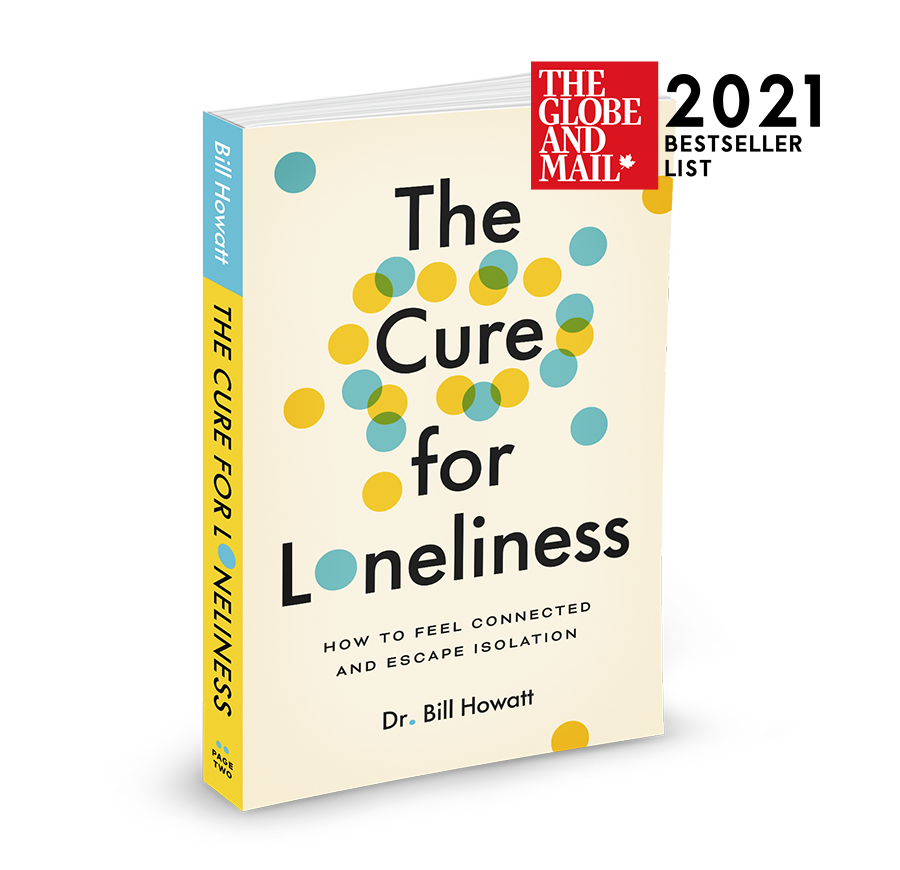By Dr. Bill Howatt and Louise Bradley
Most leaders have heard of the term burnout, but not all understand its legitimacy. Unfortunately, burnout is often dismissed as regular workplace stress, or worse yet, a personal weakness of the employee. In fact, in May 2019 it was added to the 11th Revision of the International Classification of Diseases (ICD-11) as an occupational phenomenon.
The World Health Organization defines burnout as a syndrome that is the direct result of chronic workplace stress that has not been successfully managed[1]. It is characterized by three dimensions:
- feelings of energy depletion or exhaustion;
- increased mental distance from one’s job, or feelings of negativism or cynicism related to one’s job; and
- reduced professional efficacy.
Burnout does not occur overnight. The decline in confidence, energy and efficiency is gradual, meaning that employers have an opportunity to intervene before the employee reaches the burnout stage.
Edelwich and Brodsky[2] identified four stages of gradual disillusionment that help explain how burnout develops:
- Enthusiasm – This is typically how we feel when we start a new job or role, and we are ready to change the world.
- Stagnation – When things don’t go as planned, we start to get bogged down in the detail.
- Frustration – As the gap between what we had planned to do and what we perceive we are actually achieving widens, frustration grows.
- Apathy – In this final stage, we experience emotional detachment from the role that we were once passionate about, and no longer find meaning or fulfillment in our workplace tasks.
As a person moves from stagnation to frustration, they may experience physical and emotional exhaustion, sleep disorders, lower self-esteem, feelings of helplessness, head and stomach aches, increased substance use, and, in some cases, suicidal thoughts.
The longer a person remains in a job that is not fulfilling their needs and is causing them psychological challenges, the greater the risk that they will become apathetic.
Leaders should focus on prevention
Burnout can happen to anyone; it does not occur because an employee is mentally weak or professionally incompetent. Like any mental health challenge, stigma may prevent an employee from reaching out if they feel the onset of burnout. By taking proactive measures to foster a mentally healthy workplace, leaders have the power to curb stigma and help prevent burnout.
- Promote healthy life/work blending – Talk openly about the value of taking uninterrupted time for oneself and family and enjoying life outside of work. It may also be beneficial to encourage employees to get involved in organizational wellness initiatives.
- Engage employee in open communications – Regularly check in with employees to see how they are doing and encourage honesty by being equally receptive to both positive and negative responses.
- Monitor employee workload – Pay attention to your employees’ workload. Humans have capacity limits that vary from person to person. It’s important to recognize this and be mindful of each employee’s capacity.
- Encourage employees to take time off – Encourage employees to use vacation time and make it clear that when they are on vacation, they should turn work off. Model this type of boundary setting on your own time off as well.
- Pay attention to the number of hours employees are working – Watch employees who consistently work evenings and weekends. These extra hours can catch up.
- Ensure all employees are clear on psychological support programs – Do not assume employees know what is available through the EFAP program, or that they are aware of the provider’s paramedical psychological services. Remind employees of the valuable supports that are available and make sure they know how to access them.
- Embrace professional development – One study found that 60% of employees left their jobs because of bad managers[3]. Managers are human and can develop blind spots. They may not realize they are contributing to an employee’s feelings of burnout. Ensure that managers understand mental fatigue and burnout, and encourage them to participate in additional professional development, if needed.
- Be genuine – Model behaviours that promote and align to work expectations, health, well-being and self-care. Be consistent and live the values you espouse. If you do not ‘walk the walk’, then encouraging words will not have the same effect. A mentally healthy workplace requires action at every level.
1 https://www.who.int/mental_health/evidence/burnout/en/ [link]
2 Edelwich J, & Brodsky A. (1980). Burnout. Stage of disillusionment in the helping professions. New York: Human Science Press.
3 https://rlc.randstadusa.com/press-room/press-releases/your-best-employees-are-leaving-but-is-it-personal-or-practical


